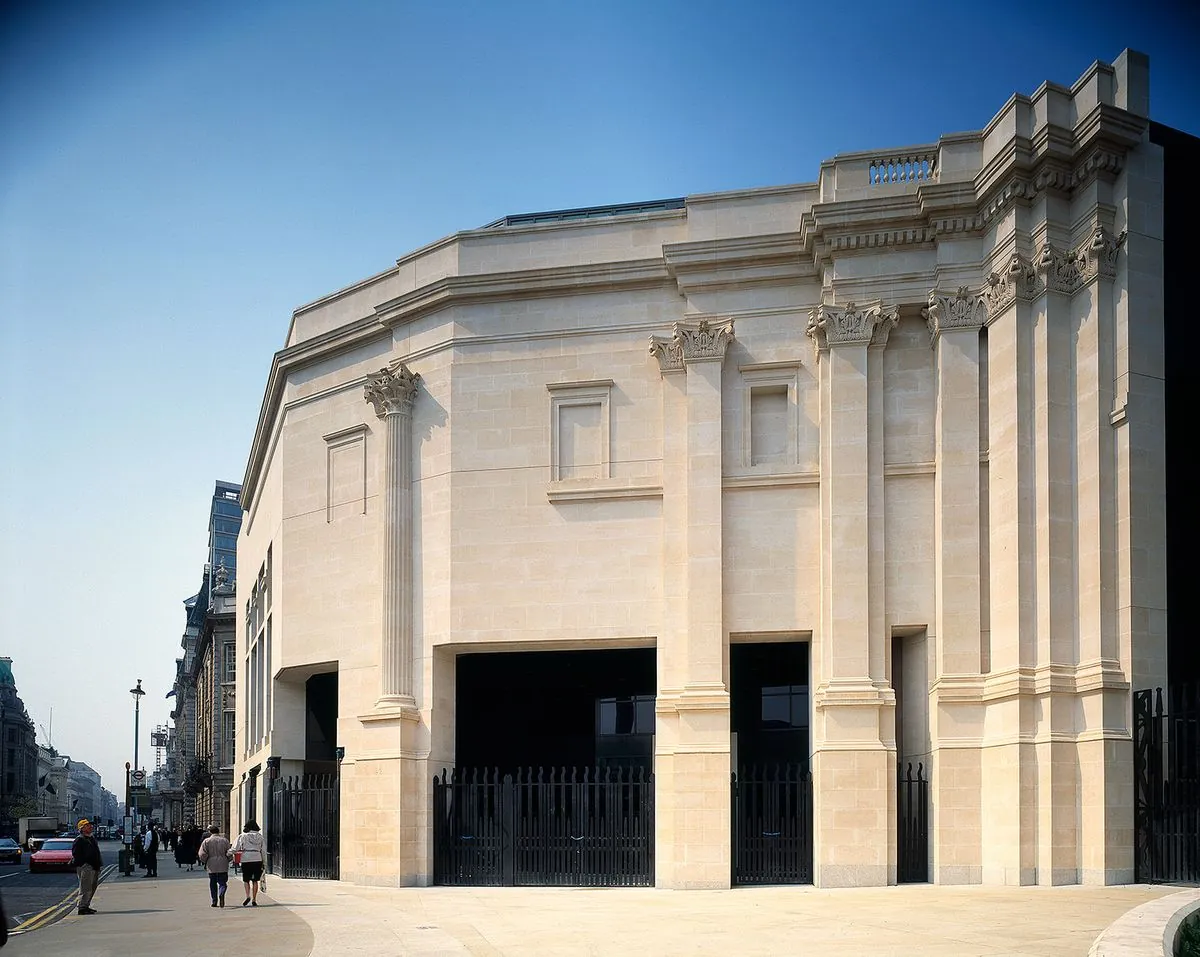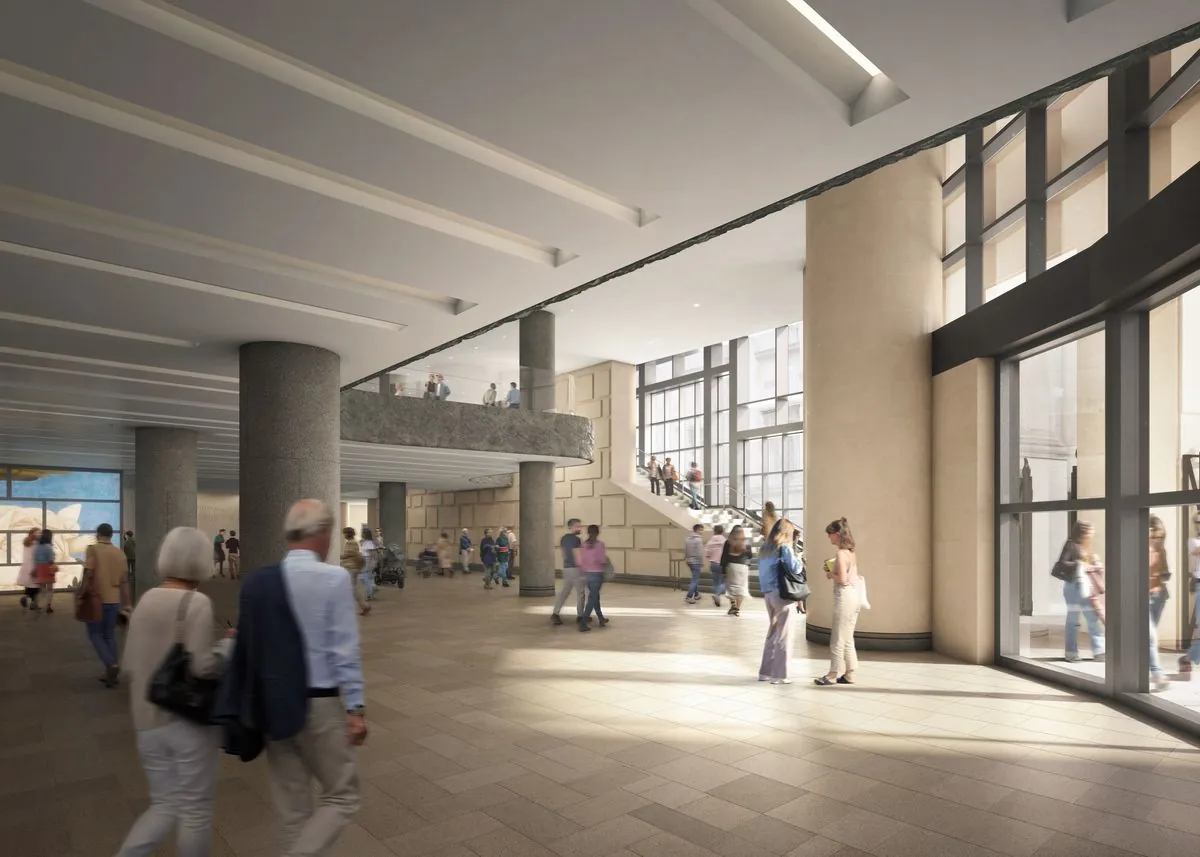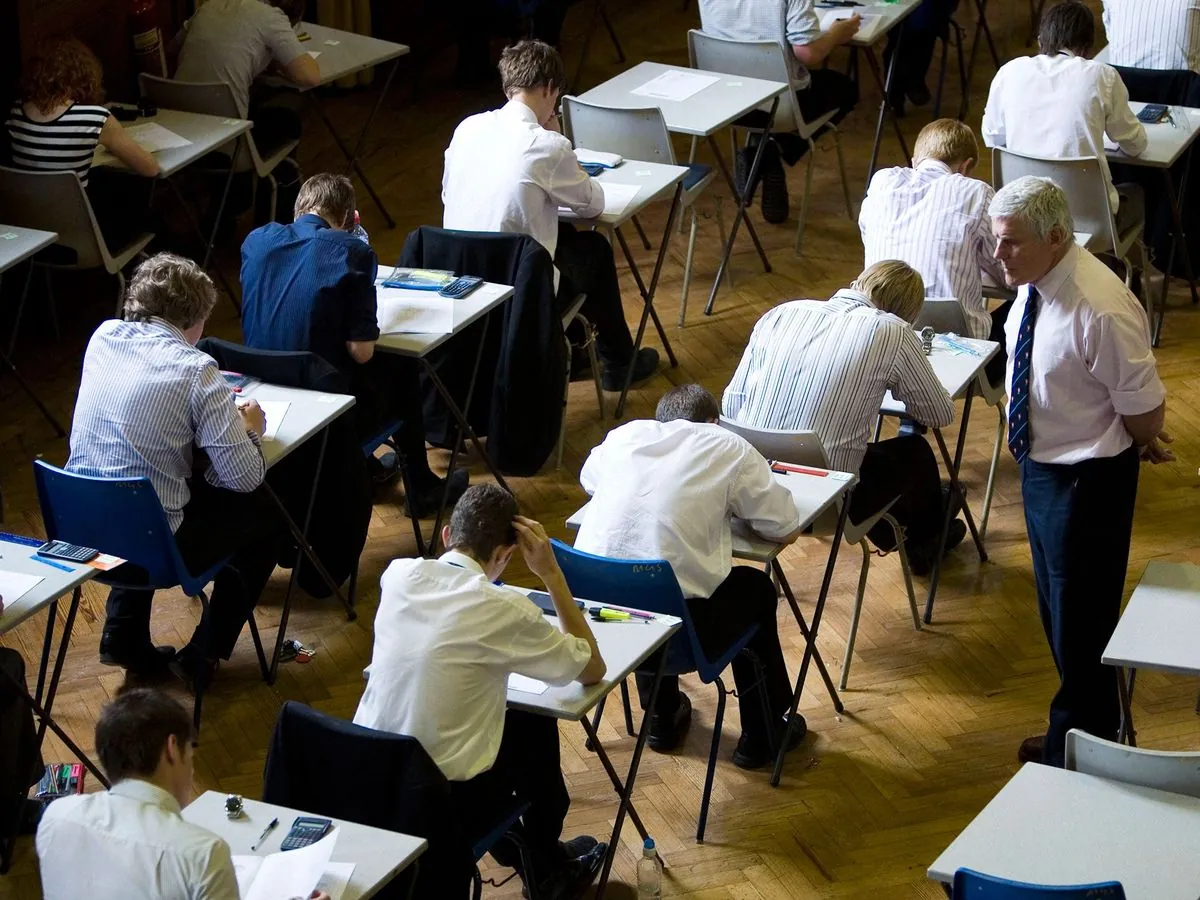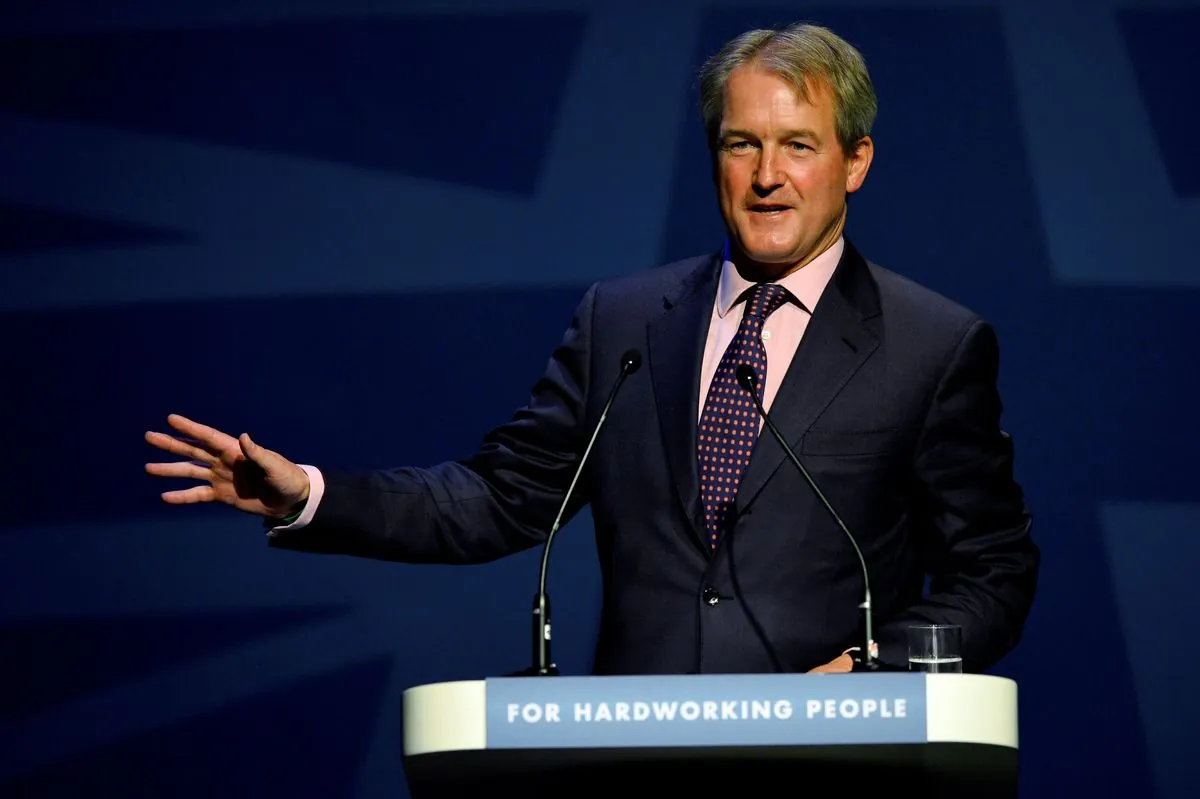Secret Note Reveals Donor's Disdain for National Gallery's Columns
A hidden message from the late **John Sainsbury**, expressing his dislike for false columns in the National Gallery's Sainsbury Wing, was discovered during recent demolition work, sparking renewed debate over the building's design.

In a surprising turn of events, demolition workers at London's National Gallery uncovered a secret message hidden within one of the false columns in the Sainsbury Wing. The note, penned by the late John Sainsbury, revealed his long-held disdain for a specific architectural feature of the building that bears his family name.
John Sainsbury, along with his brothers Simon and Timothy, had contributed £30 million to the construction of the Sainsbury Wing in 1990. The wing, which opened its doors in 1991, was designed to house the gallery's collection of Early Renaissance paintings. However, it appears that Lord Sainsbury of Preston Candover harbored a secret disapproval of certain design elements.
The typed note, discovered in 2023, was found inside one of two pillars in the foyer of the Sainsbury Wing. Written on Sainsbury's-headed notepaper and signed by the supermarket magnate, the message congratulated future demolition workers on their decision to remove the false column. John Sainsbury expressed his belief that the columns were a mistake in the architect's design and that accepting this detail would be regretted.
This revelation comes amidst a £35 million renovation project for the Sainsbury Wing, which has been ongoing since last year. The redesign, led by German-born architect Annabelle Selldorf, aims to improve the National Gallery's facilities and address some of the original design's "crypt-like" features.

The renovation plans have not been without controversy. Denise Scott Brown, wife and professional partner of the original architect Robert Venturi, strongly criticized the proposed changes in 2022. The Royal Institute of British Architects (RIBA) and the Twentieth Century Society have also voiced opposition to the "insensitive" plans for the now Grade I-listed building.
Interestingly, the Sainsbury Wing's original design was itself a result of controversy. In 1984, Prince Charles, now King Charles III, famously criticized the initial proposal for the National Gallery extension, describing it as a "monstrous carbuncle" during a speech at Hampton Court Palace. This led to the selection of Robert Venturi's postmodern design, which ironically included the false columns that John Sainsbury secretly disliked.
The National Gallery, founded in 1824, houses over 2,300 paintings and attracts more than 5 million visitors annually. The Sainsbury Wing, despite its contentious elements, was recognized with the American Institute of Architects Twenty-five Year Award in 2019, highlighting its significance in architectural history.
As the renovation continues, the discovery of John Sainsbury's hidden message adds a new layer to the ongoing debate about architectural preservation and modernization in one of the world's most visited art museums.
"If you have found this note you must be engaged in demolishing one of the false columns that have been placed in the foyer of the Sainsbury Wing of the national gallery. I believe that the false columns are a mistake of the architect and that we would live to regret our accepting this detail of his design. Let it be known that one of the donors of this building is absolutely delighted that your generation has decided to dispense with the unnecessary columns."
This revelation serves as a reminder of the complex relationships between donors, architects, and cultural institutions, and the lasting impact of architectural decisions on our cultural heritage.


































